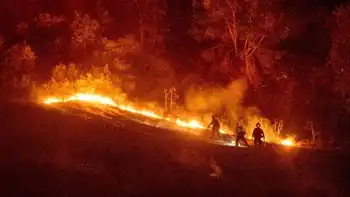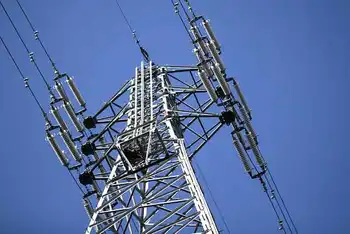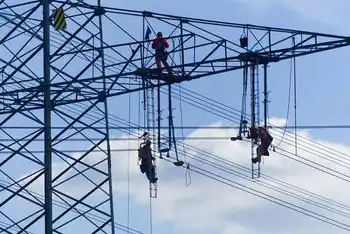Tessera solar plant injunction granted
By Reuters
Electrical Testing & Commissioning of Power Systems
Our customized live online or in‑person group training can be delivered to your staff at your location.

- Live Online
- 12 hours Instructor-led
- Group Training Available
The move represents something of a roadblock for efforts to bring more solar power to the U.S. and will likely bolster the position of various groups that are fighting to stop construction of solar plants around the Southwest.
While fostering renewable energy has become an important federal and state goal, proposed plants are meeting increasing resistance from groups who believe the plants will do irreparable harm to threatened or endangered plants and animals, and in this case historic areas.
United States District Judge Larry Burns ruled that the federal government failed to adequately consult the tribe before approving the planned solar plant, which is slated for tribal lands in the Imperial Valley, near California's border with Mexico. Extensive consultation on the project is required by law.
The 709-megawatt plant, enough to power at least 140,000 homes, is part of a group of fast-tracked solar projects that were slated for review by year-end.
In part, that deadline was designed to ensure the plants would qualify for a stimulus grant that was slated to expire December 31. But now it seems likely that Congress will extend the grant program by another year.
Deadlines notwithstanding, "government agencies are not free to glide over requirements imposed by Congressionally-approved statutes and duly adopted regulations," Judge Burns wrote in his order.
He further noted that the Department of the Interior, the key defendant in the tribe's suit, helped draft the requirements at issue. Congress and the DOI "could have made these consulting requirements less stringent, but they didn't," he wrote.
Burial areas and other significant landmarks are scattered across the proposed plant's site.
To some extent, the lawsuit is moot. The development of the Imperial Valley plant, plus Tessera's 664 megawatt Calico solar plant, are on hold, a Tessera spokeswoman told Reuters. The company is looking for ways to finance the plants, which would each cost around $2 billion to build.
Parent company NTR told investors it had written down the value of its solar-development business by 96 million euros US $127 million.
The Quechan tribe must email a proposed order temporarily enjoining the project immediately.
Spokespeople at the Interior Department's Bureau of Land Management and a spokeswoman at Tessera didn't immediately respond to requests for comment. Quechan tribal representatives couldn't be reached.
Several other planned solar plants are running into trouble with various parties. A group including the Audubon Society is suing to block a plant under development by Solargen in central California's Panoche Valley.
First Solar's Topaz plant, which the company hopes to start building next year, has drawn ire from environmental groups partly because it is slated for a central California area home to endangered San Joaquin kit foxes. The San Luis Obispo county planning commission is considering the project in March.
SunPower's proposed California Valley Solar Ranch, also slated for construction next year, has alarmed environmentalists due to its location in a habitat for endangered giant kangaroo rats. San Luis Obispo County's planning commission will consider the plant in January.











